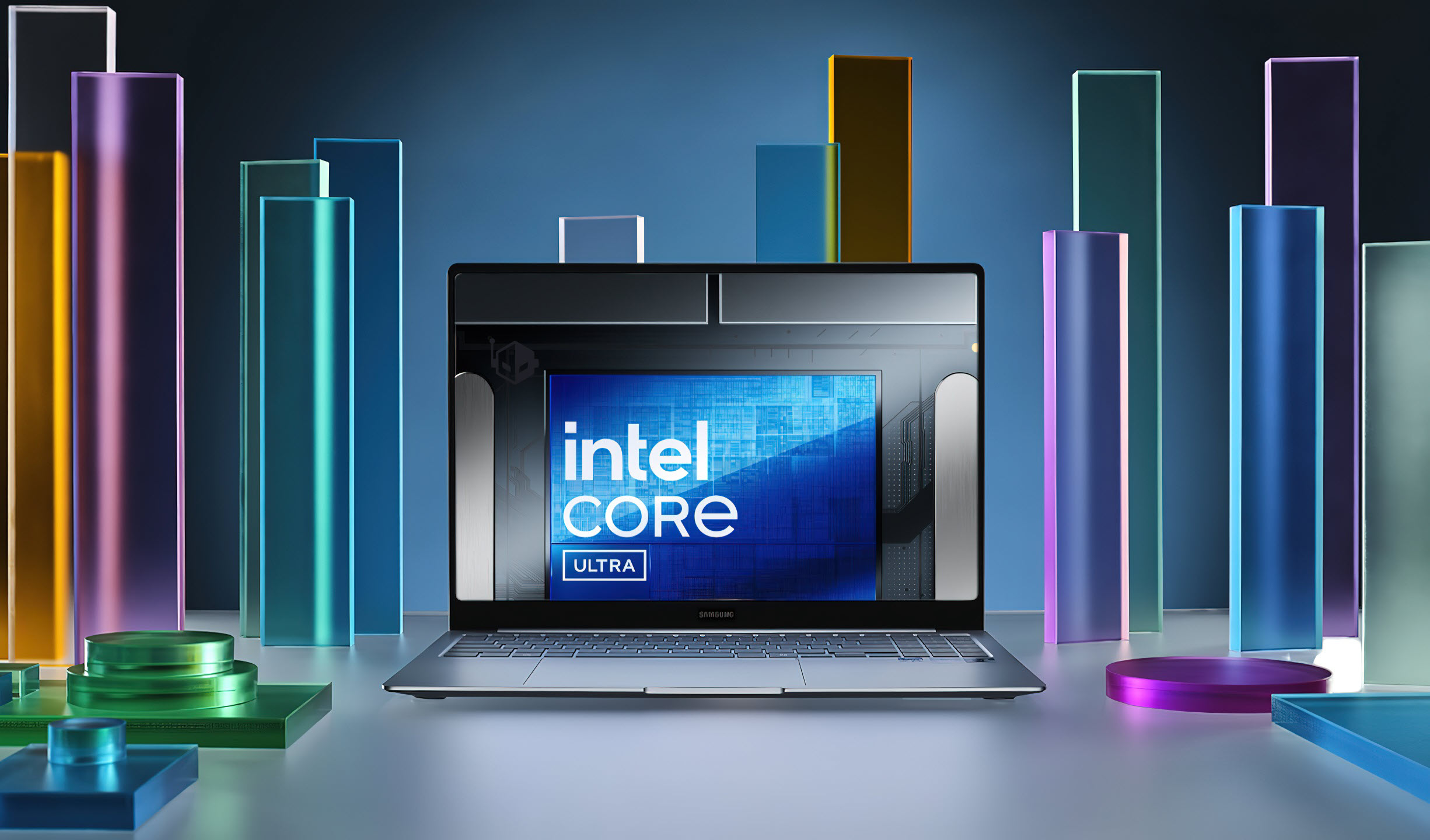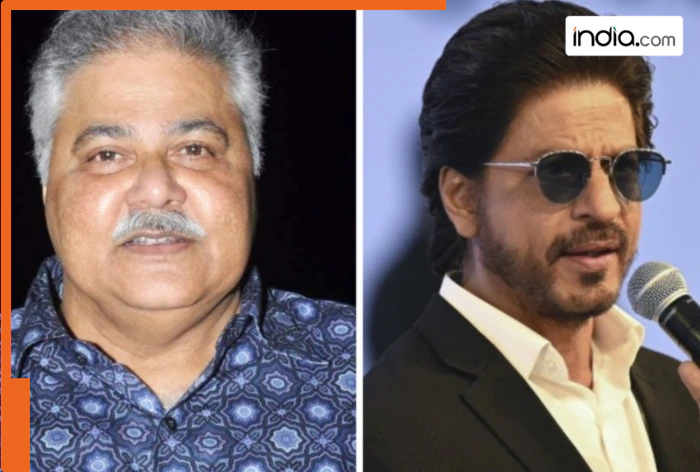Copyright Wccftech

Both companies are aiming for ultra-power-efficient displays that can save significant battery life on laptops. Intel and DOE Announce New AI Energy-Saving Techniques for Laptops, Which Will Adjust Display Refresh Rate According to the Content Last year, BOE, a Chinese display-panel manufacturer, unveiled its Winning Display 1Hz technology that can reduce power consumption by 65%. Today, Intel officially announced its partnership with DOE to deploy the 1Hz Refresh Rate technology and two more efficiency-enhancing features for the laptops, which are aimed at improving the battery life significantly. Intel says that these AI-based technologies will intelligently balance the energy efficiency with image quality to ensure users get good image quality while extending battery life. Over the past decade, Intel and BOE have worked together to launch a number of innovative energy-saving technologies and solutions that have significantly extended the battery life of laptops. This allows users to enjoy entertainment and work efficiently for longer periods of time without having to charge frequently. We will promote the development of display technology and solutions by pioneering more usage models, and jointly improve the PC user experience. (Machine Translated) - Todd Lewellen, VP and GM of Intel's PC ecosystem DOE is a well-known display manufacturer that produces all kinds of panels, including LCD, micro LED, and OLED displays, and claims to produce about 30% of the global LCD screens for various devices. Its 1Hz display tech is going to be deployed in order to reduce power consumption on laptops and will take care of content that does not need to be updated frequently. For instance, if the screen is showing static elements and the user doesn't scroll or do anything that requires frequent refreshes, the 1Hz tech will be activated. Similarly, Intel will also utilize the Multi-FrequencyDisplay (MFD )tech that will intelligently identify the OS and the Intel GPU. This means it should involve a coordination between the OS/Intel graphics driver + panel driver to adjust the refresh rate according to requirements. Intel says that this tech will judge content in real time and notify the display to adjust frequencies based on the content on the screen. This will help in reducing refresh rate in areas that don't require frequent updating, such as the taskbar, while tasks such as playing a video will automatically let the display switch to a higher frequency. Then we have the SmartPower HDR technology, which will manage display voltages based on the brightness of the screen content. Since HDR mode usually consumes more power due to displaying higher brightness and more dynamic contrast, areas where the screen is dark, reducing the backlight via voltage adjustment will help in optimizing the power consumption. In the process of cooperation with Intel, BOE has achieved fruitful results with its own innovative advantages in the display field. The solution jointly created by the two parties not only reduces notebook power consumption, but also improves visual clarity and adaptability, achieving a balance between energy efficiency and excellent experience. Today, these breakthroughs driven by display technology will open up new usage scenarios, allowing PCs to more flexibly meet various needs and lay a solid foundation for the development of the AI PC era. (Machine Translated) - Meng Xiangxing, GM BOE Technology, Laptop Business Division Intel says these new AI display technologies will be deployed on OEM products using Intel platforms in 2026, and both Intel and DOE will promote the widespread use of these features. News Source: Weixin



